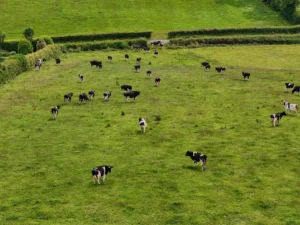
Cattle, greenhouse gases and the case for better methane metrics
Why the global warming potential of methane emissions from cattle production needs a closer look
In 2020, a white paper appeared in Nutrition Today with a title that sounded more like a philosophical prompt than a scientific report: A World Without Cows.
At a time when livestock, especially cattle, were under increasing scrutiny in food and environmental media, the authors posed a different kind of question: What would actually happen if the cows all disappeared?
Written by Mitch Kanter, retired chief science officer of Global Dairy Platform, and Donald Moore, the organization’s executive director, the report posed a hypothetical premise. The implications it exposed, however, were far from hypothetical.
The original intended audience of the report was clinical nutrition professionals, but its far-reaching themes, which touch on food security, environmental sustainability and global health, quickly drew attention well beyond the world of dietetics. And for filmmakers Michelle Michael and Brandon Whitworth, it became the intellectual spark that helped catalyze a feature-length documentary.
Kanter and Moore’s hypothetical scenario and research played a foundational role in shaping the documentary. Here’s how their ideas helped set the stage for a much bigger conversation.
The idea for the paper began to take shape in 2015, when Global Dairy Platform, a coalition of dairy companies, associations, researchers and other partners, worked with the International Milk Promotion Group to convene a global dairy communications summit in Denmark. As leaders discussed growing questions surrounding the future of dairy, one question stood out: What would a world without cows look like?
“That simple but profound question challenged us to reframe the narrative and examine the broader implications of removing such a fundamental element of the global food system,” Moore said. “It became the seed for a compelling hypothesis that eventually led to a powerful body of work.”
Years later, Vaughn Holder, global beef research director at Alltech, pointed Michelle and Brandon to Kanter and Moore’s research, suggesting it as a possible entry point for a larger story. The white paper wasn’t meant to steer their direction, just to raise a compelling question and plant the seed to explore it.
What stood out immediately to the filmmakers was Kanter and Moore’s ability to translate complex data and themes into accessible, well-reasoned language. The balance between scientific accuracy and readability created space to broaden the conversation, proving that it was possible to present incredibly complex themes to a global audience without losing nuance.
Rather than treat the report’s findings as a conclusion, the filmmakers saw it as a starting point for challenging the assumptions often made about cows and agriculture.
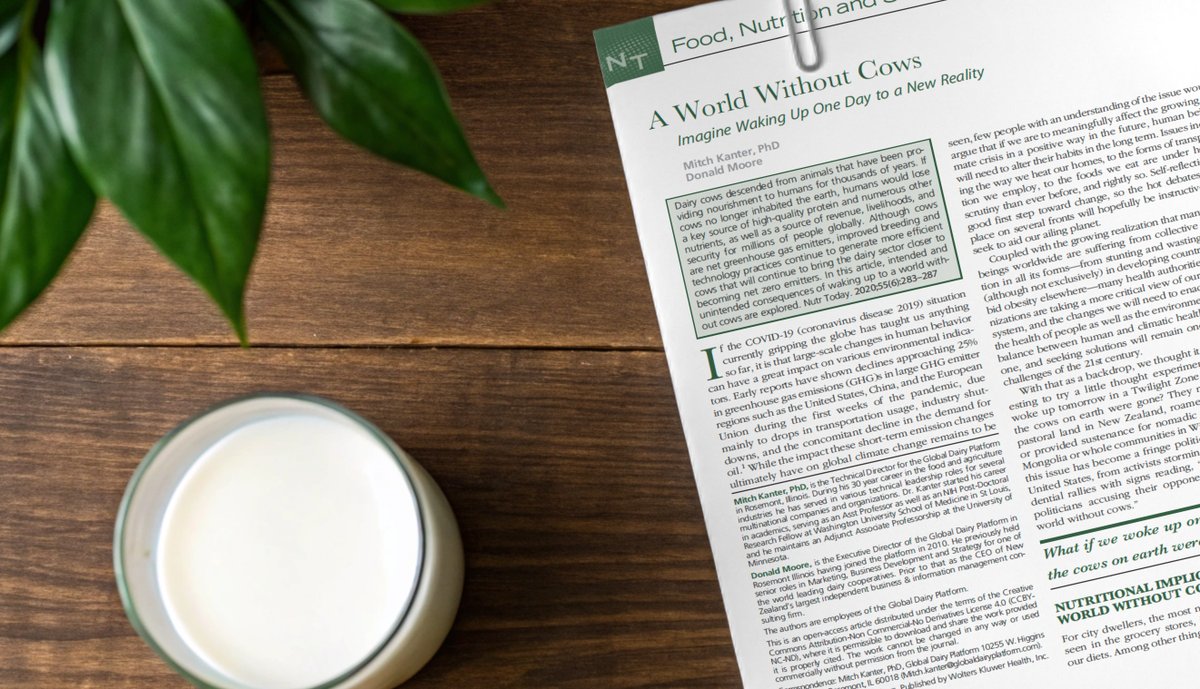
Early in the creative process, the filmmakers sat down with Kanter and Moore to clarify the paper’s intent and confirm there were no concerns about their film building on its core ideas.
Their conversations affirmed the position that this work was never intended for advocacy, but as a catalyst for scientific thinking and meaningful conversation. Kanter described himself not as a lobbyist for agriculture or plant-based alternatives, but as “a lobbyist for science.”
At the time the article was written, neither Kanter nor Moore imagined it might help shape a global documentary.
“Needless to say, I was thrilled with the effort the producers put into the making of the film, which captures and addresses many of the issues we raised in our publication,” Kanter said. “To me, the premise of the documentary goes beyond the obvious issue of dairy cows. It goes to the heart of an issue far larger: how simplistic solutions to complex issues may reverberate in ways and in places we never foresaw.”
World Without Cows doesn’t deny the environmental impact of animal agriculture, nor does it suggest that plant-based solutions are without challenges. Instead, it aligns with what many producers already understand: that building a resilient global food system cannot hinge on a single solution, but on the shared desire to develop smarter, more sustainable systems that are better suited to the land, resources and market conditions in which they operate.
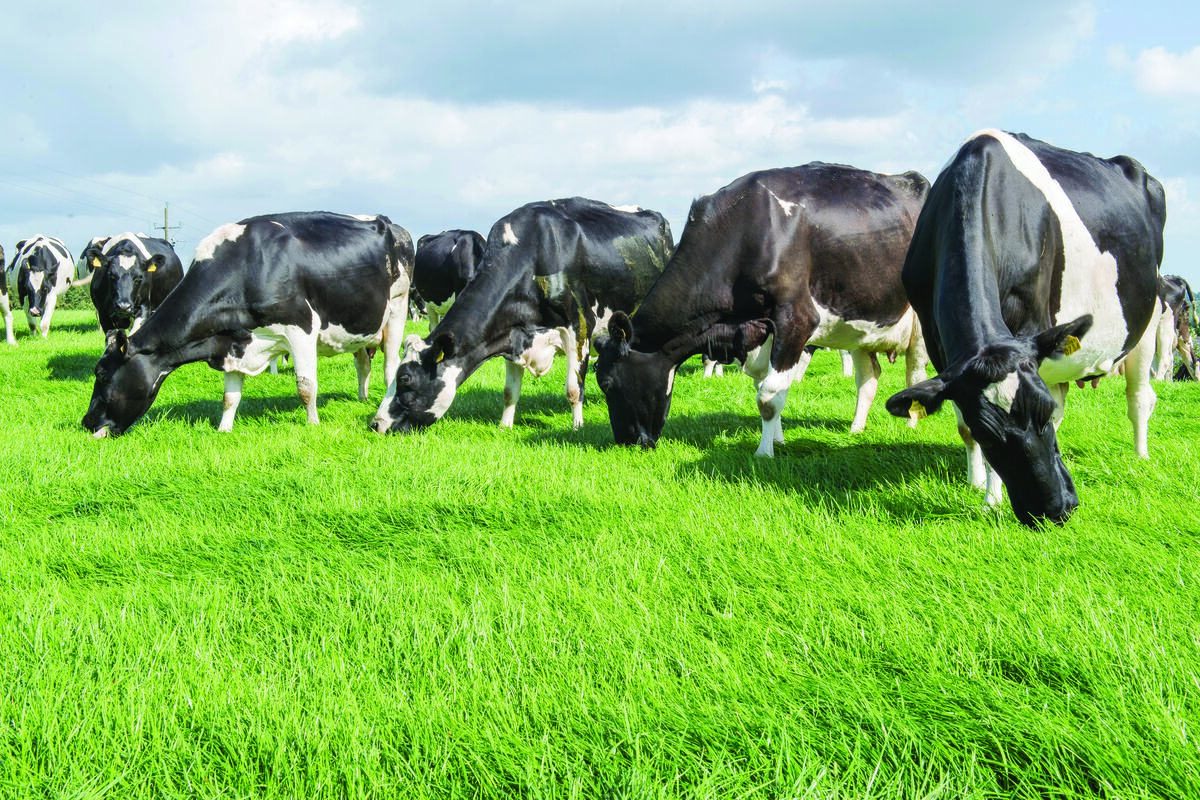
In their search for the facts behind often oversimplified debates, Michelle and Brandon discovered that while cows account for 5–7% of global greenhouse gas emissions, they also:
Help keep soil healthy by promoting plant growth and reducing land degradation.
Play a role in storing carbon in the soil through regenerative grazing.
Support biodiversity on grazing lands, providing habitats for plant and animal species.
Provide humans with critical nutrients that are not easily obtained from other sources.
Upcycle food waste by turning inedible plants and byproducts into nutrient-dense food.
These facts don’t even scratch the surface. Around the world, one in 10 people depends on cattle for their livelihood. Among the Maasai people of sub-Saharan Africa, cows are a symbol of wealth, identity and tradition. In India, they’re revered as sacred. And in many other places, removing cows wouldn’t just affect diets or emissions. It would reshape economies and disrupt cultures, changing entire ways of life for global communities.
By inviting viewers to imagine what a world without cows would look like, the documentary exposes the complexity of animal agriculture in the world we inhabit today. It encourages us to look to science before drawing conclusions. Only when we truly understand how a food system works and whom it serves can we make informed choices about food, agriculture and sustainability.
Kanter and Moore may never have guessed that the hypothetical question they posed in a nutrition paper would end up sending two filmmakers around the world. But it did, and that simple question opened the door to much deeper exploration. Because when curiosity meets conversation, we create space for ideas that can change the future.
Kanter and Moore may never have guessed that the hypothetical question they posed in a nutrition paper would end up sending two filmmakers around the world. But it did, and that simple question opened the door to much deeper exploration. Because when curiosity meets conversation, we create space for ideas that can change the future.
Request a screening to be part of an exciting new global conversation about food, farming and the challenges of feeding the world.

Why the global warming potential of methane emissions from cattle production needs a closer look
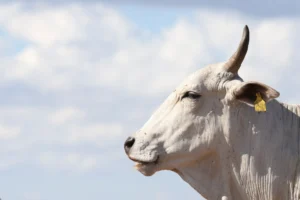
At COP30, the world’s eyes are on Brazil, and the cattle ranchers leading a global transformation.
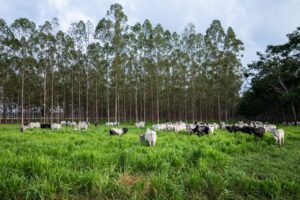
Restoring 40 million hectares of pasture could feed billions and ease pressure on the Amazon. Is the world paying attention?
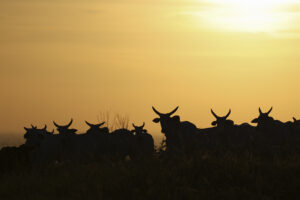
New mini-doc explores deforestation, food security and the Brazilian cattle sector’s path to a more sustainable future
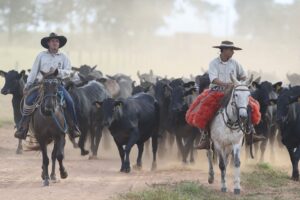
Mention Brazilian beef, and you’re likely to spark discussion about familiar themes: deforestation, emissions and blame. What do we find when we dig deeper? Here are the answers to five top questions about Brazil’s role in protecting the Amazon and feeding the world.
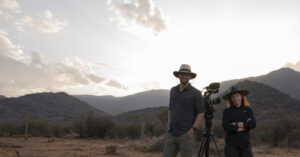
From science to the big screen: Discover how a single question grew into a global journey.
As climate change intensifies and the world’s population continues to grow, the pressure on our global food production system mounts. You can play an active role in shaping a more sustainable planet for future generations. Fill out the form below to learn more about how you can partner with us.
Receive notifications about the release date, new online content and how you can get involved